Released: 15 April 2010
Originally Released: 25 November 1989 (Final Fight) / 25 July 1990 (Magic Sword)
Developer: Proper Games
Original Developer: Capcom
Also Available For: PlayStation 3 (This version); Amiga, Amstrad CPC, Arcade, Atari ST, Commodore 64, CPS Changer, Game Boy Advance, Java ME, Mega-CD, Nintendo Switch, PC, PlayStation 2, PlayStation 4, PlayStation Portable, SEGA Mega Drive Mini II, Super Nintendo Entertainment System (SNES), X68000, Xbox, Xbox One, Xbox Series S/X, ZX Spectrum (Original, Ports and Re-Releases)
The Background:
The arcade scene was in a boom period during the late-eighties and early-nineties; coin-operated machines stole weekends and pocket money away from an entire generation as they frantically went head-to-head and traded secrets in the playgrounds. For me, two of the biggest names in arcade gaming were Konami and Capcom, both of which produced many of the most celebrated fighters and beat-‘em-ups of the era. Designed by Akira Nishitani and initially planned as a sequel to the modest arcade hit Street Fighter (Capcom, 1987), Final Fight was redesigned with an original premise and characters and took many thematic and narrative cues from movies. Despite switching from a one-on-one fighter to a sidescrolling brawler, Final Fight was a huge hit in arcades across the globe; although concessions and revisions had to be made for the home console release, these ports were also highly praised and the game spawned not only a number of sequels but was also absorbed into the Street Fighter canon. Although arguably far less well known, Magic Sword was also a popular arcade title; though the home console port was criticised, Magic Sword lived again when it was included alongside the more influential Final Fight in this digital bundle that included a host of additional features and even received an Xbox 360-exclusive physical release alongside some of Capcom’s other digital titles.
The Plot:
Crime runs rampant in Final Fight’s Metro City; Mayor Mike Haggar, a former pro wrestler, is forced to recruit expert fighters and martial artists Cody Travers and Guy when the Mad Gear Gang kidnaps his daughter, Jessica, as an intimidation tactic. Meanwhile, the world of Magic Sword is threatened by the dark lord Drokmar and only the Brave One and his allies have a hope of opposing him by scaling Drokmar’s hazardous fifty-floor tower, the Dragon Keep.
Gameplay:
It’s tough to get much better for pure, classic sidescrolling beat-‘em-up action than Final Fight and I say that as someone who’s never even played the game out in the wild; my experiences have all been through emulations and ports such as this collection, which I first owned on the PlayStation 3, and yet everything about Final Fight so perfectly encapsulates this genre of arcade game for me. A lot of that is due to the game setting many of the standards that its successors would build upon and improving upon the gameplay of its predecessors, making for a much faster and more action-packed experience than the comparatively slow and clunky Double Dragon (Technōs Japan, 1987). This simplicity is echoed in the controls; X and Y see you attack with a few punches and kicks that, upon landing, turn into a surprisingly complex and lengthy combination of attacks, and A and B let you jump. You can, of course, perform jumping attacks such as a flying kick when up high and a knee strike when in mid-air, and pressing an attack and a jump button together sees you perform a super attack at the cost of some health. There’s no dash function, unfortunately, but the game’s pretty brisk so you don’t really need it; you can alsograb and toss enemies to wipe out others when you attack up close and you can pick up and use a variety of weapons you find strewn over the streets.
Final Fight can be played alone or alongside one other friend, either locally or online; players can pick from three characters – Guy, Cody, and Haggar – and each has their own strengths and weaknesses. Guy (my preferred choice) is a bit faster, throws short jabs and a lot of kicks, and seems to be a little weaker; Cody is much more of an all-rounder in comparison, and Haggar is a slow, powerful brute of a man who sends foes crashing to the ground with devastating wrestling moves. Your goal, as ever in this genre, is to get from the left side of the screen to the right, pummelling enemies and collecting loot for points as you go; you’ll also be battling a timer that counts down at the top of the screen, though the pacing of the game is such that you’re never dawdling in one area for too long. The game is made up of six stages (referred to as “Rounds”), with each one comprised of a number of screens to add some visual variety and onscreen hazards to watch out for; plumes of fire, Molotov cocktails, and “granades” will set you alight and rolling barrels will send you flying but, on the plus side, these hazards will also damage your foes. Naturally, there’s a section where you’re confined to a rising elevator and must battle enemies as they drop in; you’ll also be forced into a caged ring to battle a couple of the game’s tougher enemies, though you can take advantage of the nearby weapons to even the odds in both cases. Finally, there are two bonus stages to break up the action and rack up some extra points; the first sees you kicking the shit out of some poor dude’s car and the second has you smashing glass panels. The time limit is quite strict for both, but I particularly struggled with the latter; the panels simply rotated when I hit them and wouldn’t break so I’m not sure what I did wrong there. Although there’s no end of level scoreboard or anything, you’ll want to smash up crates, phone booths, and barrels to grab loot as you can earn yourself an extra life with enough points. You also get to enter your name on the high score table and upload your score to the online leaderboards, so you’ll want to get as many points as possible if that sort of thing is important to you.
Although Magic Sword features the same basic controls and the premise of getting from one side of the screen to the other, the gameplay is quite different. X and Y still allow you to attack but a meter also allows you to unleash a magical projectile and you can of course attack while jumping with A and B or whilst crouching and press attack and jump together for a screen-clearing magic attack, again at the cost of some health. Magic Sword is like a more action-orientated and chaotic version of Ghosts ‘n Goblins (Capcom, 1985); though one hit won’t kill you, you are beset by an endless, constantly respawning swarm of medieval and fantasy enemies and asked to crack open chests for keys, loot, and the occasional power-up or hazard. Drokmar’s tower is full of locked doors generally holding an ally prisoner; freeing them sees them join your quest and there’s a decent variety of AI-controlled partners to follow you about, from spear-throwing knights, to winged gargoyles, wizards, and ninjas. They have their own life bar and unique attacks and will be replaced with whoever you free next, so if you find one you like it’s best to not open every door you come across (especially as some hide enemies). An ally will also join your side after you enter a credit to continue and they’ll often drop loot and health after you free them. A second player can also join in the fight, though they’re basically a palette swap; AI partners will also unleash stronger attacks depending on how full your magic meter is, and you can acquire items to provide temporary buffs. There’s also a basic level-up system; I didn’t pay that much attention to it but you are awarded a new sword after every boss, changing the appearance of your blade and the projectile it fires (replacing it with flames or lightning, for example), and you’ll grow in levels as you progress but I’m not sure how as I was too busy focusing on the action. Gameplay is more basic than Final Fight but also far more hectic; this is a game designed to eat up your pocket money as there’s so much danger happening all around you, but the levels are nice short, bite-sized chunks of action so there’s definitely an addictive element as you want to keep getting higher and higher.
Graphics and Sound:
Of the two, Final Fight is definitely the graphically superior; sure, there’s more happening at any one time in Magic Sword and the game’s faster and has more visual appeal thanks to its fantasy aesthetic, but Final Fight favours quality over quantity. Magic Sword’s sprites aren’t onscreen for very long to have many frames of animation and the avatars are required simply to perform basic functions so, while they look great, they’re not exactly the most detailed, especially compared to Final Fight. Guy, Cody, and Haggar all have very distinct visual identities that tell you everything you need to know about how they play and fight just by looking at them; Cody might be extremely basic compared to the hulking Haggar and skilled Guy but the range of animation in his combos is impressive for such a simplistic game. Both games feature some very appropriate and bopping tunes, though again I favour Final Fight’s as the soundtrack perfectly matches the beat-‘em-up gameplay and switches mid-level, too, though that’s not to say that Magic Sword’s fantasy-themed soundtrack isn’t suitably appropriate, just that it’s easy to dismiss when you’re ploughing through floors so quickly. Both games utilise large sprite art and text/dialogue to tell their story, but only Final Fight sees your characters strapped to a chair before a stick of dynamite if they run out of lives and includes them walking back through the previous stages as the credits play (though I still don’t get why Guy attacks Cody at the end…) There’s essentially at least fifty rooms to Magic Sword; many don’t look much different but are still unique enough and contain hazards such as falling axes, flaming pits, damaging water, and deadly spikes. A helpful compass, of sorts, at the top of the screen shows you whether you need to go right or, shock of shocks, left towards the nearest exit; though there’s no onscreen timer and most floors are pretty short, there are a lot of enemies onscreen and a timer will appear if you dawdle.
While there’s a fair amount of depth and attempt at variety in Magic Sword’s environments, there’s no getting around the fact that you’re stuck inside a stone tower for the entire game save for the start, where you battle through a village, parts where you’re on the outside of the structure, and the finale, where you face Drokmar in a surreal, cosmic room. Some rooms feature an impressive shimmering heat effect to sell the notion of the boiling hot flames, others are overrun by vegetation or have strange Lovecraftian monstrosities in the background, and others have more of an Aztec/Egyptian flavour to them, but most are simply palette swaps of the same stone blocks and platforms. It works because each floor is so brief but there’s only so much you can do with that aesthetic; the developers could have leaned more into the elemental themes for a few floors, had some take place underwater or completely in forests, but that would probably be a bit out of place in a stone tower so you have to settle for crashing waterfalls, flame pits, and what looks like blood rapids here and there. By contrast, there’s quite a lot of visual variety in Final Fight; ironically, you spend more time on the city streets than in SEGA’s home console counterpart and will battle through the desolate slums, the subway (complete with flickering lights and moving subway train), a busy and dangerous factory, a construction site, and the elaborate inner sanctum of Belger, head of the Mad Gear Gang. There’s always something happening in the background, from barking dogs to enemies emerging from doorways to graffiti on broken toilet doors and chandeliers dropping from the ceiling. It’s a far more urban aesthetic, to be sure, and one that has been done to death in the genre, but it really works here thanks to the multiple transitions to different areas in each Round.
Enemies and Bosses:
Every scumbag and roided-up thug in Metro City is out to get you in Final Fight; each one has their own name (many of them being named after rockstars like “Axl” and “Slash” and “Poison”) and life bar, with some defeated in a couple of hits and others taking a bit more punishment. The basic skinheads and punks aren’t much of an issue, but they’re often accompanied by more skilled fighters who stab and toss knives at you, annoying buggers who quickly appear just to toss Molotov cocktails, cartwheeling hookers who hit you with flipping kicks, and larger thugs who have an annoying tendency to guard against your attacks. You’ll also face larger, more rotund enemies who charge at you from off screen, though you can still toss these with ease, and members of the “Andore” family; these hulking brutes have all the grace, finesse, and power of the late wrestling legend André the Giant and will charge at you with a body strike, effortlessly toss you aside with their meaty hands, and often spam a jump splash to easily drain your health bar. In Magic Sword, Drokmar’s forces encompass a wide spectrum of supernatural and fantastical foes, most of whom are defeated in a single hit: lizard-like gargoyles fly about throwing spears at you, skeletons attack with swords, wizards cause rocks to fall, summon lightning, or surround themselves with flame-spitting skulls while teleporting about, bats, poisonous rats (who temporarily keep you from attacking), and Mummies are all over, as are elemental dragon-type enemies who leap out of fire and water alike. Wandering spirits, mace-wielding ogres, raging bears, and large stone golems also inhabit the near-endless tower, as do strange rock monsters modelled after the Easter Island heads and little dragons who flutter about the place. Unlike the enemies in Final Fight, who can be “shy” and stay offscreen, Magic Sword’s charge at you head-on and never stop coming; you also will need to be wary of your partner in Final Fight as friendly fire cannot be disabled, unlike in Magic Sword where co-operation is often key to survival.
Six Rounds means six bosses to contend with in Final Fight, though you will have to face two (or three in two-player mode) Andores at once in a cage halfway through Round 3. Each boss except for one is joined by a slew of regular enemies but this can actually be beneficial as you can toss them into the boss to do some much-needed damage. The first boss, Damnd, is the only one who actively calls for reinforcements with a wolf’s whistle, briefly taking a powder from the action to do so. Apart from his flipping about and the usual tendency of this game’s bosses to just tank through your attacks, he’s not especially difficult to beat down but the fight can drag a bit with him hopping away for a breather. After fighting through the subway, you’ll end up in an underground fighting ring where you’ll face the far tougher Sodom; this hulking armoured samurai wields two katana that he slashes at you. Though you can disarm him and use them against him, be sure to jump away (or in for an attack) after doing so or knocking him down as he has a pretty annoying dash attack that can be hard to dodge. Next, you fight Edi. E, a rotund police officer who looks like a reject from the Village People and who beats you senseless with his truncheon when up close and fires bullets from the hip from a distance. Probably the most annoying boss is Rolento, a super-fast military man who jumps and rushes all over the place, leaping at you with a diving kick and raining “granades” all over the arena. He also whacks you with his little stick-thing when up close and can be a real pain to land a decent hit or combo on due to his incredible speed. Battling Round 5’s Abigail isn’t all that different to fighting an Andore, making him the most disappointing boss; he does have the biggest life bar of any enemy you’ve faced up until the point, though. Finally, after battling through a gauntlet of the game’s enemies in his elaborate headquarters, you’ll get to fight Belger; oddly, he starts the fight in a wheelchair and with Jessica held hostage, though this is soon destroyed by your attacks. Belger will wander and jump about firing and raining arrows with his crossbow; luckily, you can hit these out of the air and he’s not too difficult to defeat as long as you can keep up with him and stave off the endless hoards.
Although Drokmar’s tower boasts fifty floors, there are only eight bosses to face and you’ll battle two of them three times each, just with slightly different palette swaps and attack patterns. The first of these is Quimyra, a Chimera-like creature sporting three heads (a dragon, a lion, and a ram), wings, and hooves. While the Skull and Queen variants (who are referred to as Chimeras) are surrounded by skulls, the first one isn’t, and the battle goes pretty much the same for all three save for the arena differences (with spike pits and other enemies and hazards occurring in later bouts) and the Chimeras being capable of spitting fireballs in addition to relentlessly pouncing at you. You’ll also face three different dragons: the first, the Gold Dragon, swoops about an elaborate throne room shooting lightning while you’ll have to battle the Emerald variant without the aid of platforms and a weaker version even appears mid-way through one floor of the tower. The final dragon is actually a blue, two-headed hydra; it attacks in very much the same way, though in an ominous cathedral and with added speed and a swirling fire attack. Aside from these reskins, you’ll also have to contend with two Celestial Serpents; these monstrous, skeletal worms snake out from an asteroid in the background and can be tricky to dodge as they’re so big, but they share the same health bar and have no projectile attacks so they’re technically the game’s easiest bosses. Finally, at the end of the game, you’ll face the demonic Lord Drokmar himself; this vile demon floats around the swirling arena blasting lightning bolts from orbs and his hands to create walls of flames. His attacks only increase as you do damage, with him adding wheels of flame to his attacks, but once you defeat him he’ll offer you the chance to take his place as the King of Evil or bring peace to the land by destroying his magical Dark Orb. What you choose to do is entirely up to you…
Power-Ups and Bonuses:
Compared to Magic Sword, Final Fight is a little lacking in this area; both games see you picking up loot (gold, jewels, and the like) for points and various food items (roasts, fruit, and such) to replenish your health but only Magic Sword sees you acquire useful items from chests that can aid your journey. The King’s Crown will increase your ability to take damage, the gauntlet increases your attack power, the crystal ball allows hidden chests to appear faintly visible, and the diamond ring allows you to befriend certain enemies, among other useful buffs. You can also acquire additional shields from chests and will be awarded new swords from boss battles that change the nature of your projectile attack, though be warned as these can both be sent flying out of your hands by certain enemies and attacks. Some chests contain hazards, but others also destroy all onscreen enemies, so there can be a degree of chance at work whenever you open a chest. In Final Fight, you’re limited to your individual character’s special attack and the weapons you can use against your foes; you’ll find knives, pipes, and swords all over the place, all of which are great for some crowd control but be careful not to stand over a pile of them or you’ll leave yourself wide open for an attack as you endlessly swap or pick up weapons.
Additional Features:
There are twelve Achievements up for grabs in Final Fight: Double Impact; five for Final Fight, six for Magic Sword, and one tied to both games. You’ll earn Achievements for beating Final Fight as all three characters, for finishing all Rounds in co-op, and for between every level using less than eighteen continues. This latter is true for Magic Sword, where you’ll also earn some G for completing all levels (which you might need another run at as it’s possible to find secret exits and skip a floor or two), finishing any level without being hit or using your magic, and for seeing both endings, all of which are more than do-able. The last Achievement involves unlocking all of the concept art and bonuses in the game’s “Vault”; this is achieved by competing a number of in-game challenges for each title, such as finishing levels in a certain time or with certain characters or within a set number of lives. This is where Final Fight: Double Impact’s true challenge lies as some of these can be very demanding, but it’s fun seeing them pop up (even if they can obscure the gameplay) and looking through the concept art and such. Also on offer in this version are save states (though these are somewhat limited; once you finish a game, you cannot replay that save and they only save from the last checkpoint, usually the start of a level, rather than literally where you were when you saved the game), display and border options, leaderboards, and the ability to pick between the remastered and original music. I have to say I really dig the menu interface for these options, which is done up like an arcade cabinet, and there is an option in Magic Sword to start from certain floors to help with those challenges and Achievements.
The Summary:
Even now, years after I first played this collection on the PlayStation 3, I’m a little confused by it; why did Capcom pair Final Fight with Magic Sword and not, say, the other two Final Fight games? Don’t get me wrong, it adds some variety to the package but it’s a bit of an odd pairing, to say the least. Still, the number of options and unlockable bonuses on offer make this an attractive collection; the in-game challenges add a nice bit of replay incentive and the Achievements are largely nice and easy to earn, but all of that pales in comparison to the gameplay. For me, Final Fight set the standard for what an arcade beat-‘em-up should be; three distinct characters, an urban environment filled with disposable goons, bigger, tougher bosses, and some fun bonus stages to break up the action. It’s not too short and not so long that it outstays its welcome; it may be missing a dash attack, but the combo animations, super moves, and weapons are all the template for the genre, to say nothing of the thumping techno-rock soundtrack and large, detailed sprites. And then you get Magic Sword as a bonus, an addictive if quickly repetitive sword-and-sorcery adventure that stands out from similar games with its AI allies, basic level-up system, and floor-based mechanics. These would also crop up in other arcade titles, from Capcom and by others, but they’re implemented well here, even if the title’s not as memorable as Final Fight. Ultimately, fans of classic, 2D sidescrolling brawlers from the arcade heyday should find a lot to enjoy from this double pack and I certainly found it to be hugely enjoyable, mainly because of the simple and impactful gameplay of Final Fight, and it’s a shame that this particular version of the game isn’t as easily accessible any more, but thankfully Final Fight is still out there to play and you should absolutely seek it out if you get the chance.
Final Fight Rating:
Magic Sword Rating:
Fantastic
Pretty Good
Have you ever played Final Fight: Double Impact? How do you think it compares to other versions of Final Fight, and which of those versions do you have the most experience with? Which character was your go-to in Final Fight and which of Magic Sword’s allies did you prefer to fight alongside? Did you struggle with any of the bosses and levels in either game and, if so, which ones? Were you able to unlock everything in the game’s Vault? Why do you think these two were paired together for this collection and would you like to see more arcade titles re-released for modern consoles? What’s your favourite beat-‘em-up videogame from this era of gaming? To share your thoughts on Final Fight and Magic Sword, pop down to the comments or leave a reply on my social media and be sure to check out my reviews of SEGA’s answer to Final Fight next week.







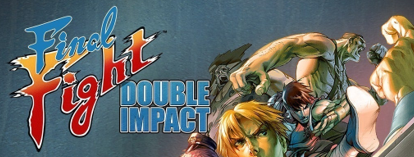



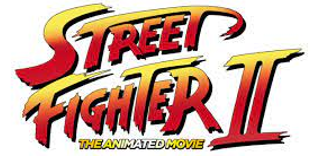









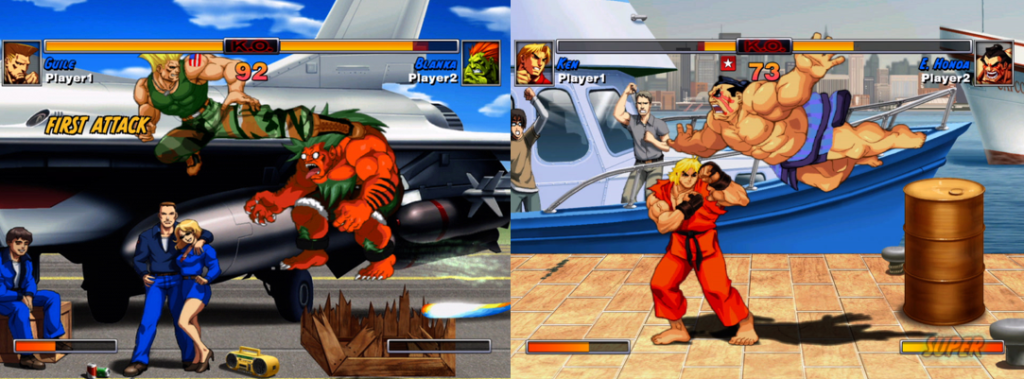
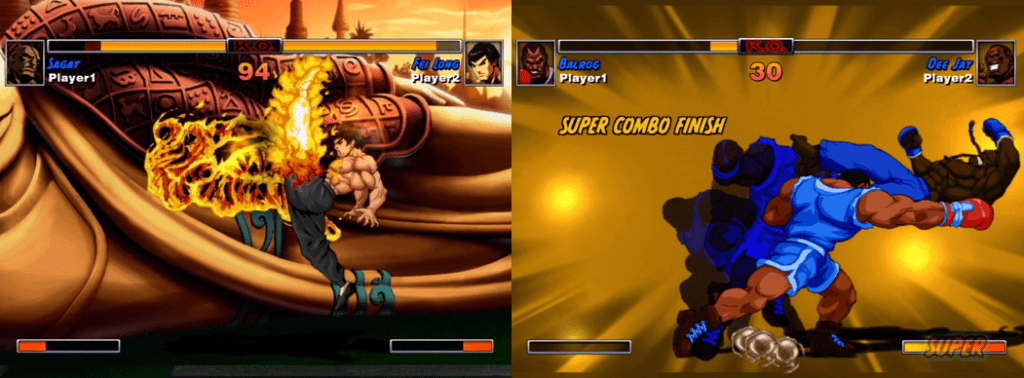




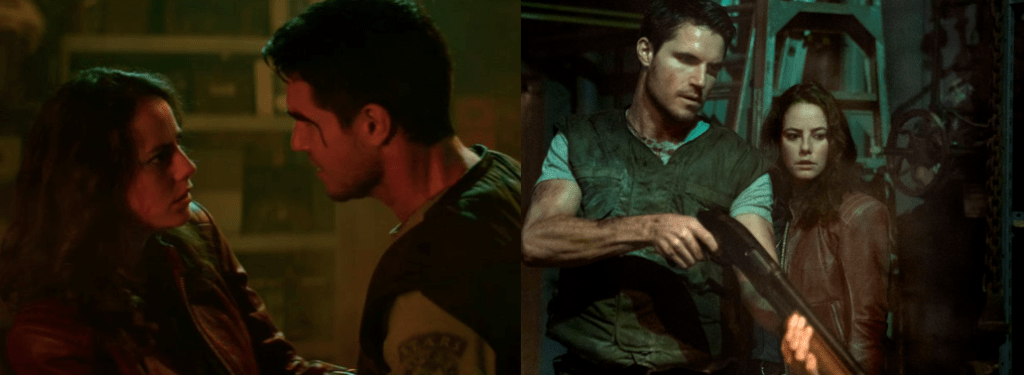

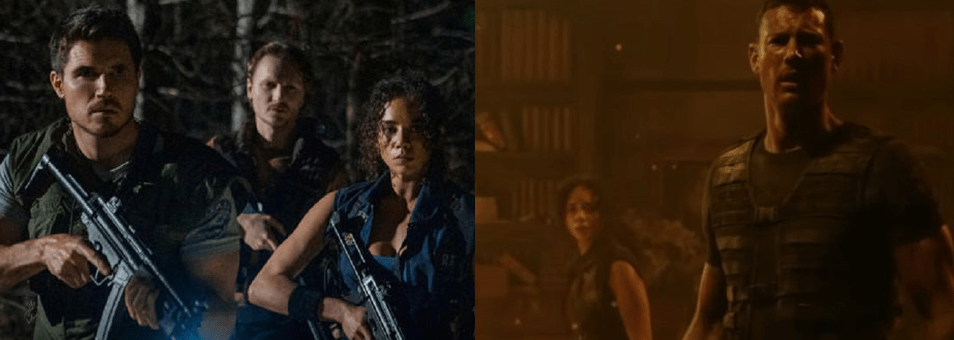























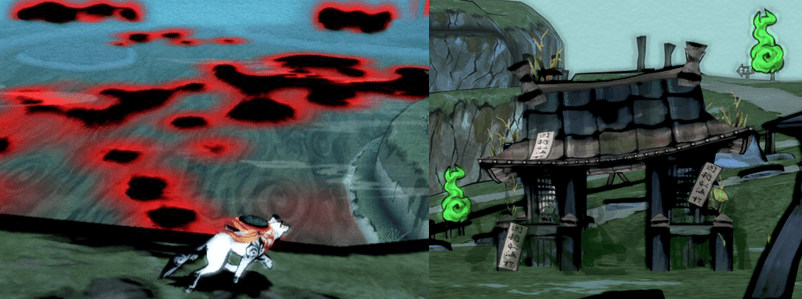
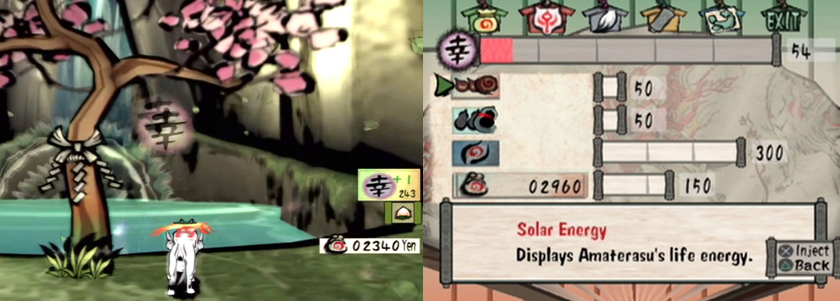


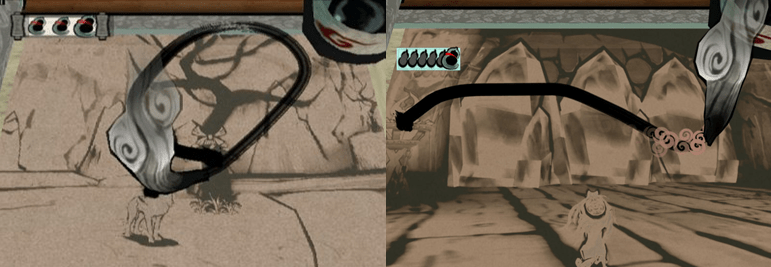









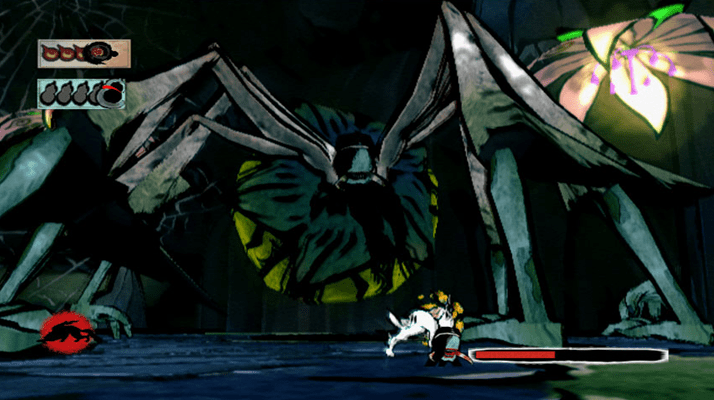






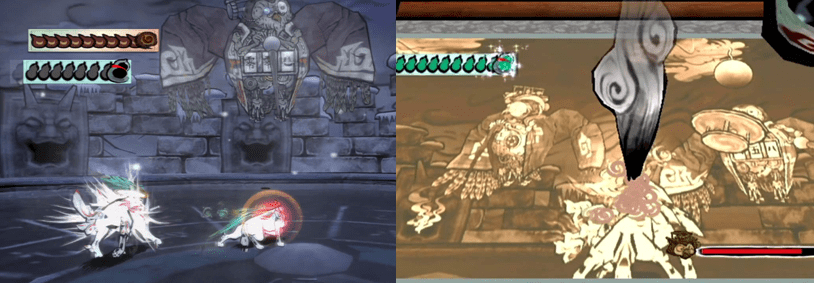

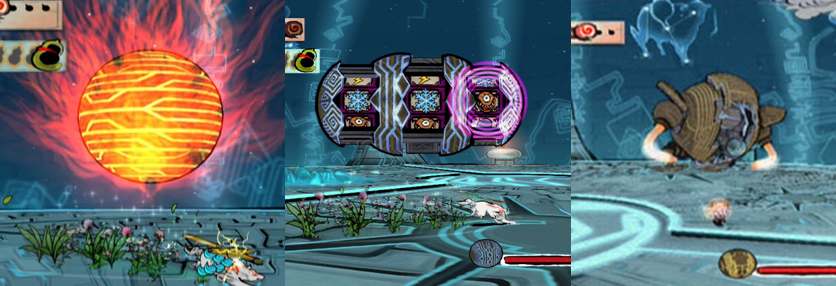

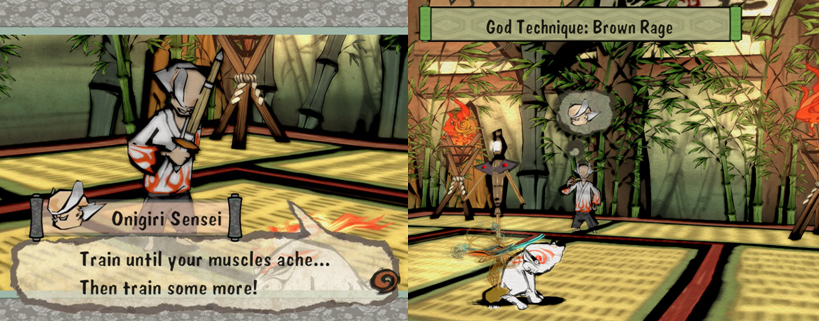





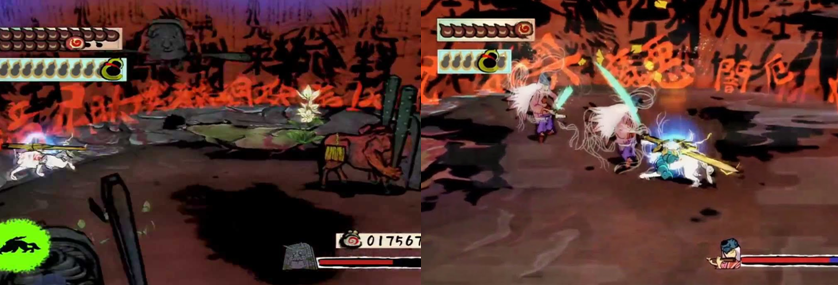
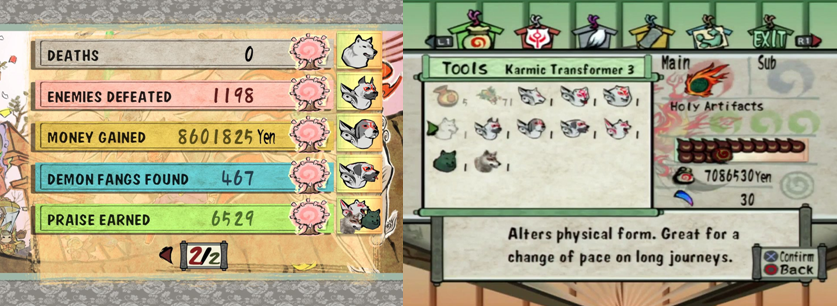


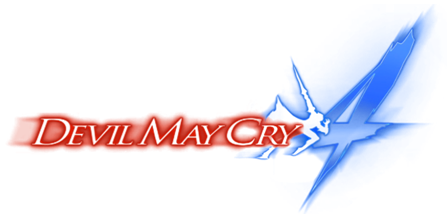

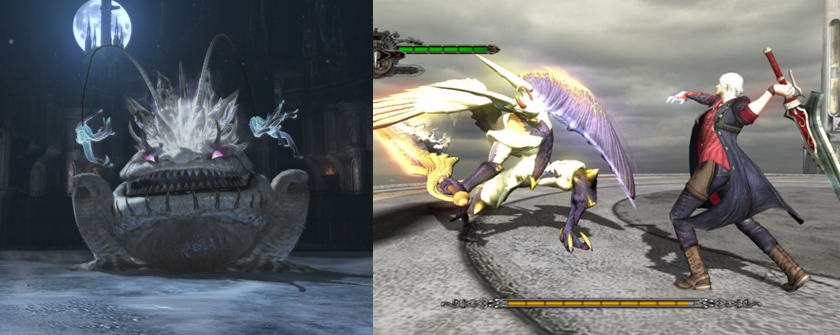


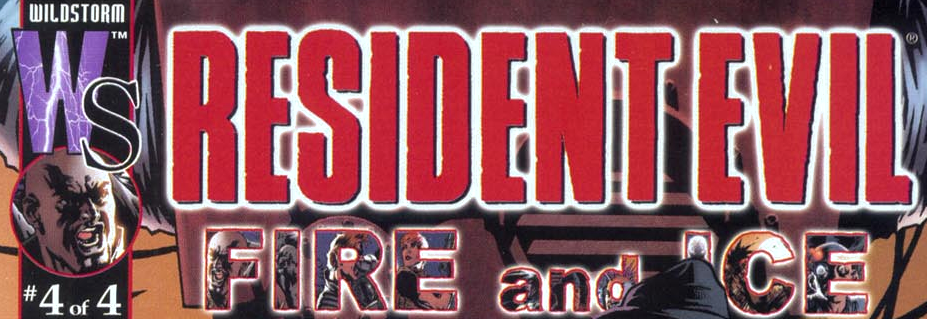










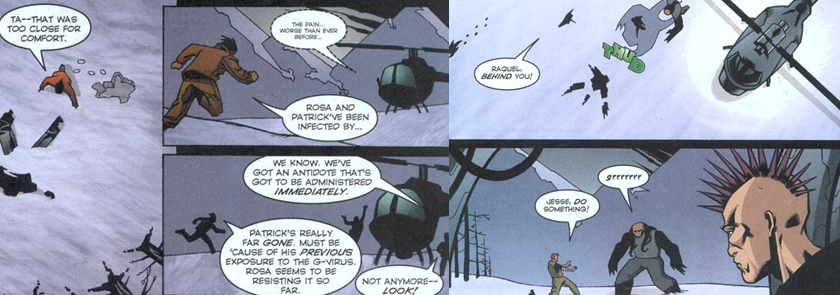













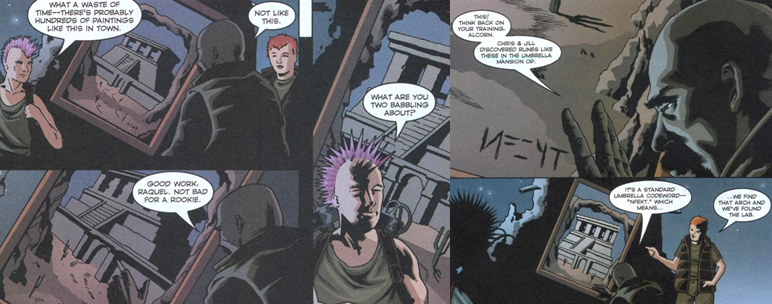




You must be logged in to post a comment.